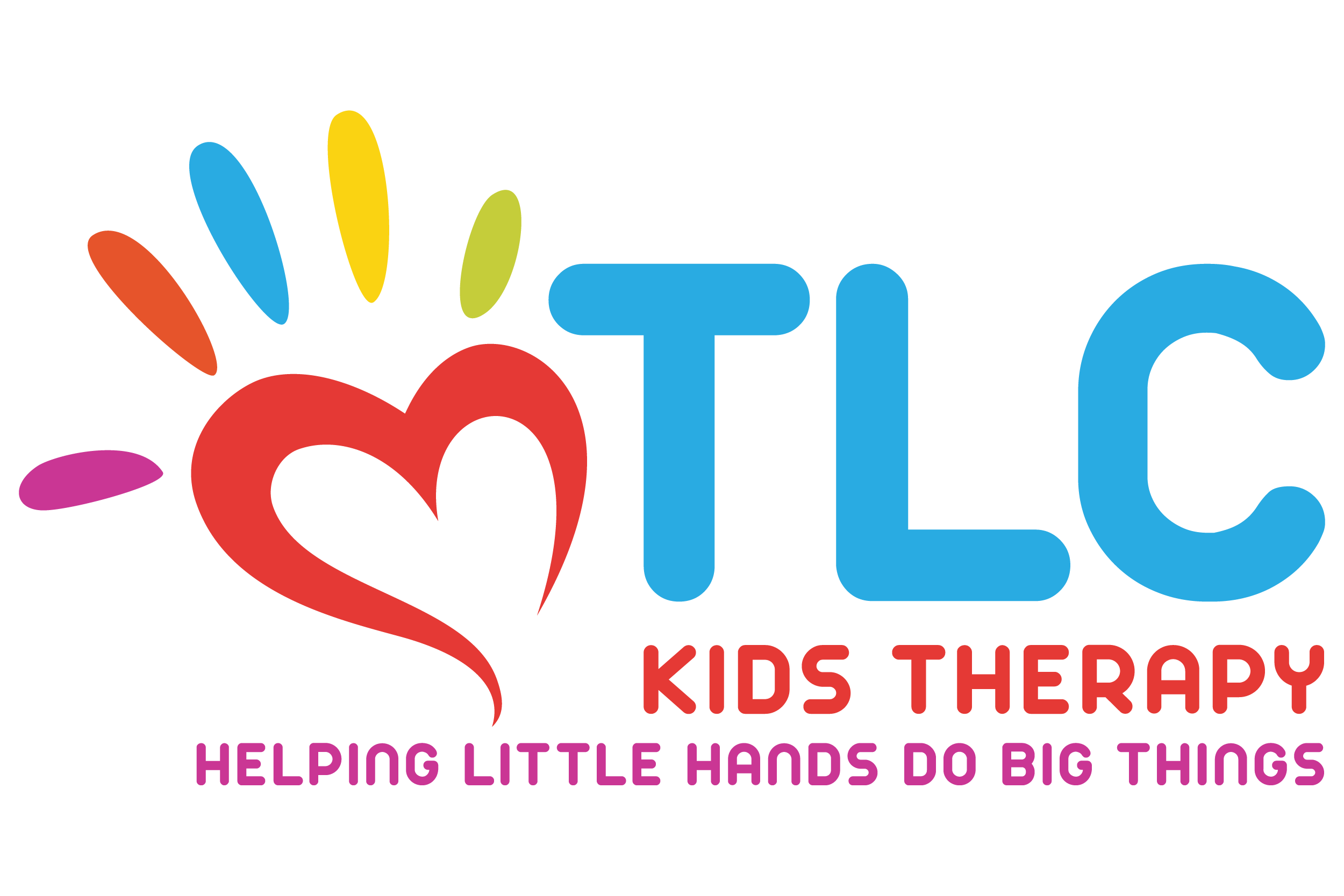Children are often referred for occupational therapy services due to difficulties with handwriting. It’s a common misunderstanding that occupational therapists (OT’S) work to improve handwriting. OT’s strive to improve the underlying issue that can cause poor handwriting. These issues can stem from difficulties with strength and postural control, sensory integrative functioning, fine motor skills, cognitive functioning, and/or visual motor/perceptual deficits.
Children’s first exposure to writing often begins with prewriting skills, which are often taught to preschoolers ranging in age from 2-5 years. Prewriting includes imitating and copying simple horizontal and vertical lines and then progressing to more complex diagonal lines and shapes. Children need to master lines and shapes before progressing to letters and numbers.
Typically, handwriting is taught to children starting in the latter half of kindergarten. It is important not to begin teaching handwriting before a child is ready to begin learning as this can create writing difficulties that are hard to reverse. When a child is sent to an OT for “handwriting difficulties”, the therapist needs to assess the child’s level of functioning in the following areas:
- Visual perception- Includes spacing between letters and words, visually discriminating between letters and numbers that are similar, orienting letters on the lines and properly using margins, letter and number reversals, and forming letters completely.
- Visual-motor integration- Includes ensuring that the eyes and movement of the hands work together in a coordinated and efficient manner.
- Fine motor skills- Includes hand dominance, bilateral coordination, dexterity and in-hand manipulation, and functional pencil grasp
- Strength- Includes muscle tone, hand, arm, shoulder and core strength, and postural control
- Sensory integration- Includes the ability to use sensory input that is received from the joints, muscles, skin, etc. and turning that input into appropriate motor and behavioral responses to focus attention, sit upright in the chair, hold a pencil correctly, write with appropriate pressure, etc.
- Cognition- Includes memory, visual memory, language comprehension, problem solving and reasoning.
When a child begins working on handwriting, it’s extremely important to have the correct tools and equipment. The chair and table the child is working at should be set to the correct height. Ankles, knees, hips and elbows should be at 90 degrees. If the child has difficulties holding a pencil or crayon, various techniques can be used by the OT and taught to the teacher, other professionals and the parents. Different sizes and varying thickness of pencils and crayons, pencil grips, and other techniques can be utilized to improve grasp and use of the writing utensil.
Appropriate paper that isn’t visually distracting with simple lines is ideal. Visual and tactile cues can be provided with highlighted and/or raised lines. Correct lighting and positioning in the room may also have to be adjusted due to visual difficulties or an inability to focus attention. Various handwriting programs may also be used by OT’s, teachers and parents to improve handwriting skills. These include Handwriting without Tears, Zaner-Bloser, D’Nealian, and First strokes just to name a few.
After assessing a child’s needs, OT’s will typically provide a variety of activities to accompany a handwriting program. These may include sensory, strengthening, and fine motor activities. These activities are often incorporated into the child’s daily routine in school and at home during class, self care activities, play time, etc.
Evidence shows that the earlier a child receives services to address underlying issues that are causing handwriting difficulties, the more progress they are likely to make. This isn’t to suggest that an older child cannot improve. It often comes down to a greater difficulty breaking kids out of bad habits or retraining their bodies and minds to perform tasks differently than they have done for many years. Occupational therapists and other professionals will make a very noticeable difference and often completely remedy any and all difficulties with handwriting.
However, some children may unfortunately continue to have difficulties into adolescence and possibly into adulthood if the right intervention is not provided early enough or not at all. Often times, an OT may decide to focus on compensatory strategies, such as keyboarding, rather than focus on improving handwriting beyond a certain age. This decision is typically based not only on the child’s age, but the willingness and ability of the child to change and learn new skills, the assistance the child will get from other professionals in the classroom and in the school, as well as the parents cooperation in following through with the suggested handwriting program.

